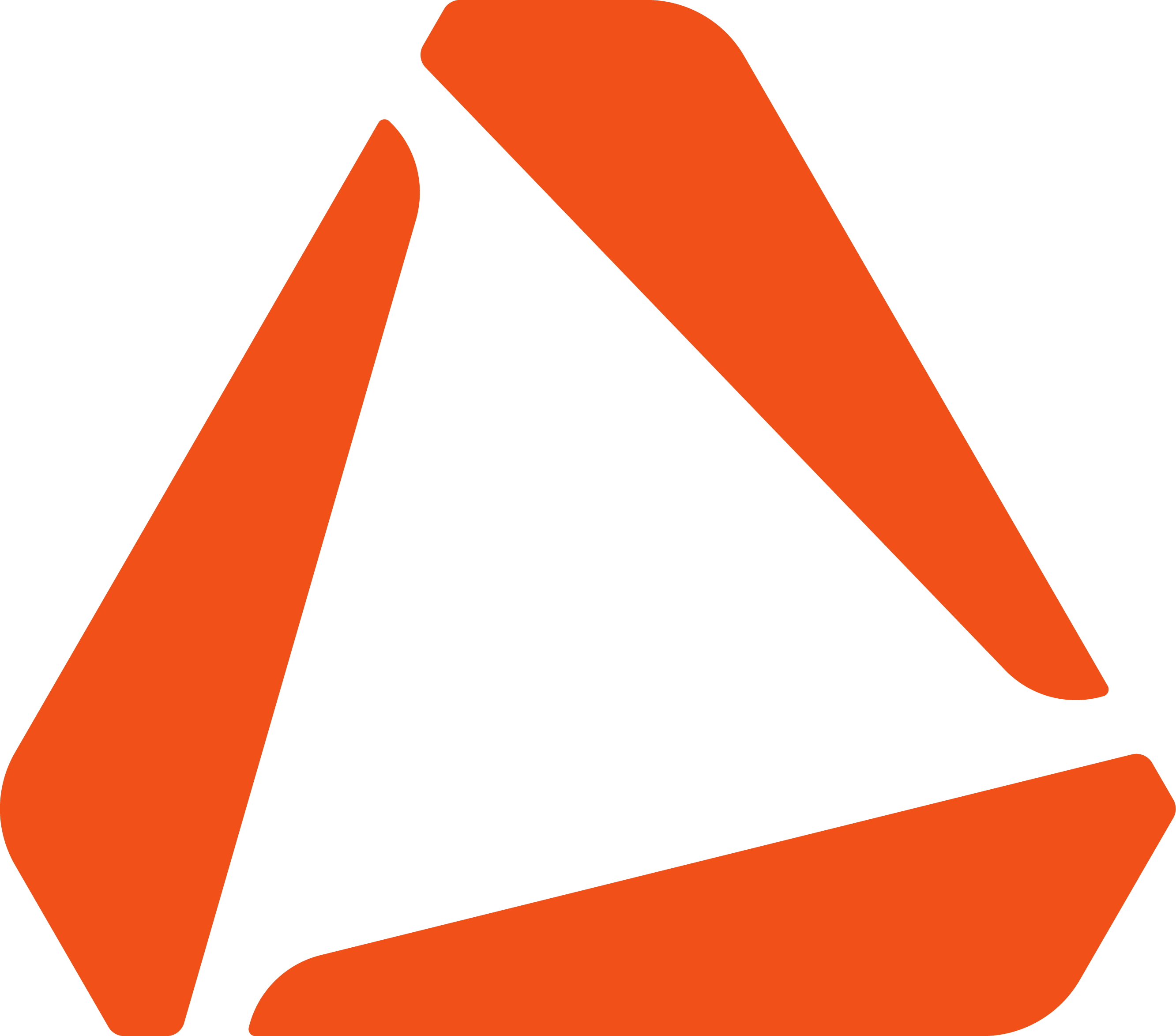Altitude
If you’re using ‘Follow Terrain’ mode – Your Altitude will be calculated relative from the vegetation. Determine the optimal spraying height for your specific pesticide or herbicide, which typically ranges from 2 to 4 meters above the crops for minimal drift and optimal coverage.
If you’re using Relative altitude, set this to the height distance you want to keep from the takeoff point.
Wind is a big factor when choosing the right altitude. A common solution when the risk of the drift is high is to go a bit lower than the optimal would be. This affects (reduces) the maximum spraying width you can achieve.
Spacing:
Spacing is maximized and minimized by your drone’s specifications. Spacing would be equivalent to your spraying width.
On the L10 your range is between
On the L30 your range is between
… overlap etc?
Angle:
The angle of the lines are obviously dependent on the shape of the field.
In general the longer the lines are the faster the mission would be because it means less turns. We prefer longer lines until the point the drone is capable of doing two lines (outward-return) with the battery and tank capacity it has.
If there is a slight and constant wind you should consider to spray in a perpendicular direction so the drift’s effect is even throughout the field.
Margin:
To set a margin on the boundary is a great option in a few cases.
If you are afraid of the drift on the sides or have obstacles such as branches of trees hanging inside your field.
If you don’t have RTK correction (or it is not reliable at the moment) it is better to have a safe distance from the sides.
Angle presets:
Use what is suitable.
Rotate entry point:
Our recommendation is to choose the one which is the closest to the takeoff point. In specific cases the optimal could be different.
Relative / Follow Terrain:
Choosing the right height keeping method is key.
In general we use the Lidar for following the terrain, the vegetation.
In cases where a lidar won’t be reliable or there is such flat terrain we can use the ‘Relative’ option.
Droplet size:
Mainly the chemical type and the crop itself defines the droplet size. In some cases the increase of it would make the drift lower.
Coverage:
This is defined by the crops and pesticide/herbicide/fungicide. In general with drones we use much less water and we could use less chemicals as well because of the more precise coverage overall. If you don1t know and find any information about the Spraying liquid you use what are the suggested doses you can use the table below for reference to start:
…
Flight Speed:
Other than the operation time the speed affects the evenness of the coverage. In higher speeds the drone doesn’t have time to push the droplets down with the propellers’ airflow and sometimes they get into the vortex behind the drone which can even worsen the situation.
Take these into account when choosing the right flight speed.
| Title | Author | Date | Tags |
|---|

